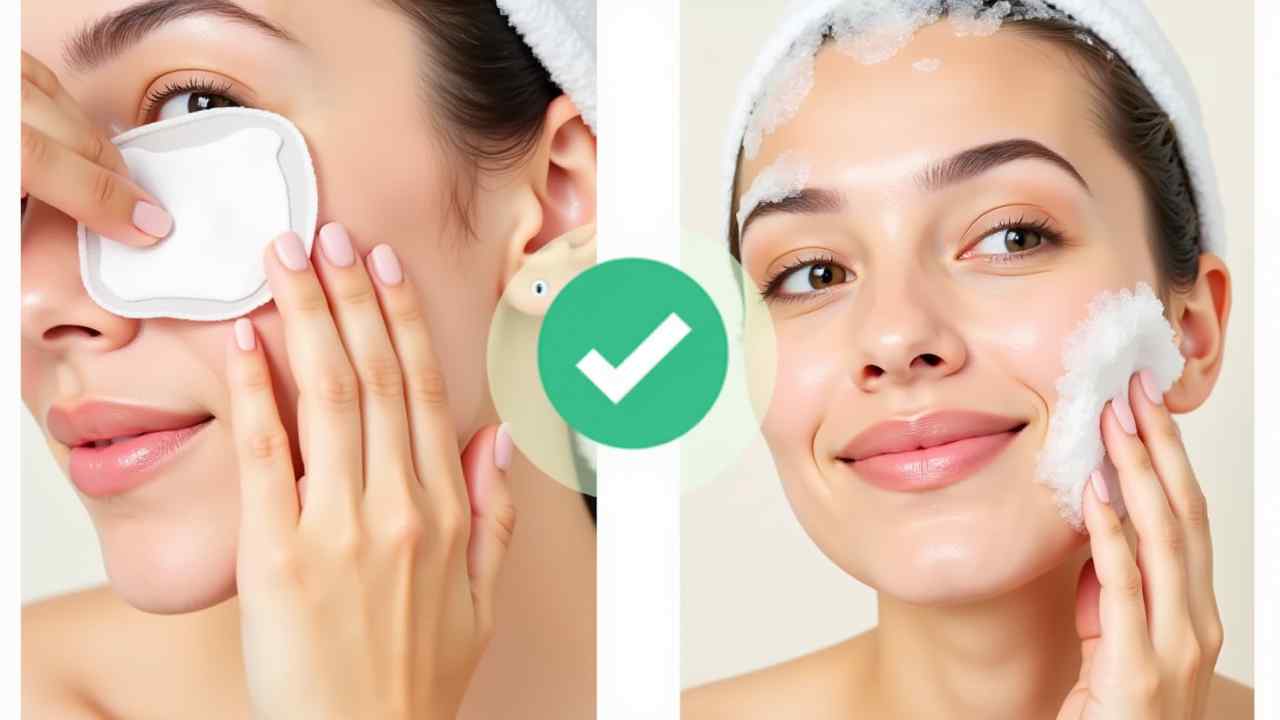
💧 Is Micellar Water Good for Acne-Prone Skin? A Dermatologist's Guide
💧 Is Micellar Water a Good Choice for Acne-Prone Skin? (A Dermatologist's Guide) 💧
Micellar water is one of the most popular skincare products in the world. It is beloved for its ability to gently and effectively remove makeup without any harsh rubbing. But if you have acne-prone skin, you might be wondering, is this gentle product enough? Is micellar water good for acne-prone skin?
The answer is yes, it is a fantastic tool—but only when it is used correctly. There is a very common mistake that many people with acne-prone skin make when using it. This can lead to more breakouts, not fewer.
This guide will explain the right way and the wrong way to use micellar water. Let's clear up the confusion and get you on the path to clearer skin. It is a perfect topic as the autumn season here in Bursa means we are still wearing daily sunscreen that needs to be removed. 🍂
🤔 First, What Exactly is Micellar Water?
Micellar water looks and feels just like regular water. However, it is a special formulation that contains tiny oil molecules called "micelles." These micelles act like magnets. They attract and lift away oil, dirt, makeup, and sunscreen from your skin's surface without stripping its natural moisture.
It is incredibly gentle. This makes it a much better option than harsh makeup wipes, which can be very irritating and abrasive to acne-prone skin.
- Is it a Good Cleanser for Acne-Prone Skin?
This is where the confusion lies. The simple answer is no. While it is a great makeup remover, micellar water is not an effective cleanser on its own for acne-prone skin. Relying on it as your only cleansing step is a major mistake.
Why is this? First, it does not contain any "active" acne-fighting ingredients like salicylic acid. Second, most micellar waters can leave behind a thin film or residue on your skin. This residue, if not washed off, can potentially clog your pores and lead to more breakouts over time.
✅ What is the Correct Way to Use Micellar Water for Acne-Prone Skin?
The correct way to use micellar water is as the first step in a double cleansing routine. This is the non-negotiable rule for anyone with acne-prone skin who wears makeup or sunscreen. Double cleansing is a game-changer.
Step 1: Remove Makeup and Sunscreen. At the end of the day, soak a cotton pad with your micellar water. Gently wipe it over your face to break down and remove all your makeup, sunscreen, and the surface grime of the day.
Step 2: Wash Your Face with a Real Cleanser. This is the most crucial step. After you have removed the makeup, you must then wash your face with a proper, water-based cleanser. For acne-prone skin, a gentle gel cleanser, perhaps one containing salicylic acid, is a perfect choice. This second cleanse will wash away the micellar water residue. It will also clean out your pores.
⭐ What's the Bottom Line?
So, is micellar water good for acne-prone skin? Yes, it is an excellent and gentle makeup remover. It is a perfect first step in your evening routine. However, it is a poor cleanser. It must always be followed by a second wash with a traditional facial cleanser to prevent clogged pores.
By using this simple two-step method, you can enjoy all the benefits of micellar water. You will be on your way to a truly clean and clear complexion. ✨